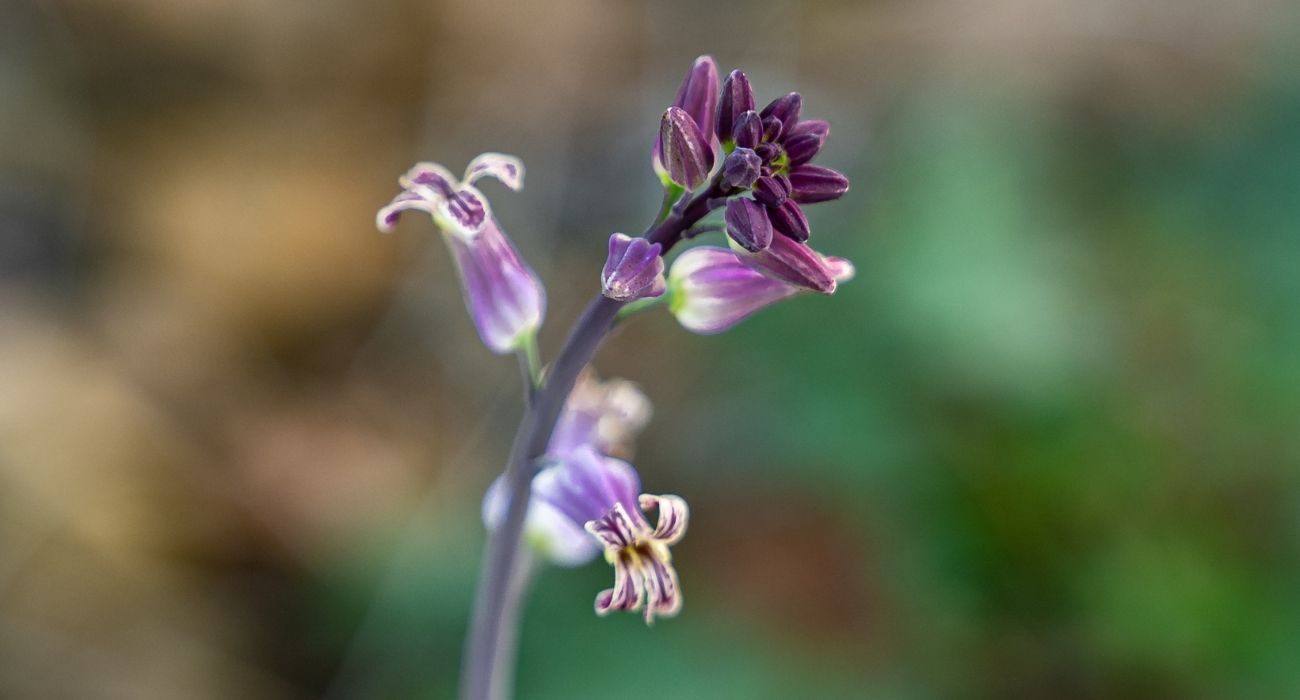A wildflower that grows in Central Texas was added to the federal register of threatened species on Monday.
The U.S. Fish and Wildlife Service classified the bracted twistflower as “threatened” on April 11.
Also known as the bracted jewelflower, this annual herbaceous plant is a member of the mustard family, per the Lady Bird Johnson Wildflower Center. It can grow up to 4 feet tall and its delicate petals appear in either blue or purple hues.
They are outfitted with a small modified leaf known as a bract at the base of their stems, which distinguishes them from other species, per the filing from the FWS.
Bracted twistflowers only grow on the southeasternmost corner of the Edwards Plateau, near the limestone formations found at the boundary of the Devils River and Glen Rose.
Only this area fulfills the specific soil conditions needed for this species’ seeds to be viable. The Ashe juniper trees and Texas live oak of this region are also crucial to providing the plants with subsurface water and a combination of sunlight and shade.
The rapid urbanization of the I-35 corridor between Austin and the San Antonio area as well as hungry white-tailed deer and other grazing animals have led to a decline in their population, per The Texas Tribune.
To ensure the preservation of this species, the bracted twistflower will now receive protection under the Endangered Species Act.
From May 11, the FWS will assure a protective zone for the wildflower.
“We are designating critical habitat for the species in three units totaling 1,596 acres (646 hectares) in Uvalde, Medina, Bexar, and Travis Counties in Texas,” the filing from the FWS read.
It will also make removing, cutting, digging up, or destroying the plant illegal.
The initiative to protect this species was launched in April 2021, despite the Smithsonian Institution already identifying it as imperiled back in 1975.
The Center for Biological Diversity filed a lawsuit against the FWS, asking for measures to be taken to protect the species.
Now with the FWS recovery plan in place, the future of the bracted twistflower is a bit brighter.
“[The] cities of Austin and San Antonio are actively monitoring populations on protected lands and have demonstrated successful management actions,” Chris Best, state botanist for the FWS in Texas, said in a press release on April 10. “This is a species that could be recovered within a few decades if its remaining habitats are managed appropriately,”
The bracted twistflower blossoms from April to June, with its flowers attracting various bee species that are native to Texas.
It is not the only Texas flower to find itself under the protection of the Endangered Species Act lately.
In March, the prostrate milkweed was added to the endangered list, as The Dallas Express reported. The plant is limited to a specific geographical region about 9 miles from the U.S.-Mexico border in Texas.
The protection of prostrate milkweed is crucial for the survival of monarch butterflies, which have also been appearing in fewer numbers. Monarch butterflies lay their eggs on these plants as they fly through Texas after migrating from Mexico.
Yet, as The Dallas Express recently reported, approximately 22% fewer monarch butterflies were observed in Mexico this winter compared to last season.






